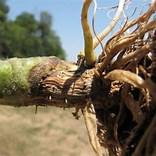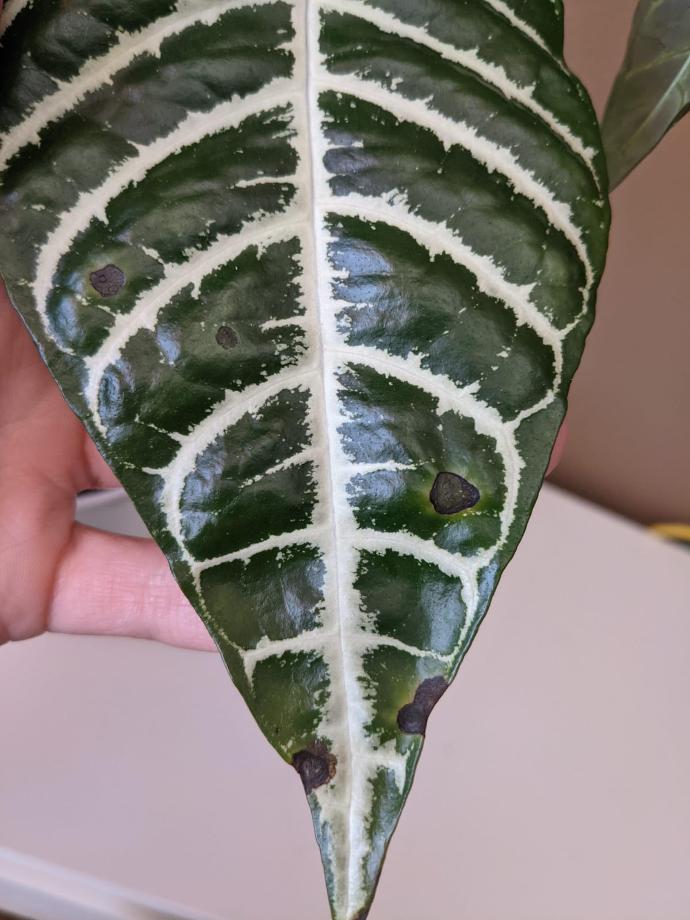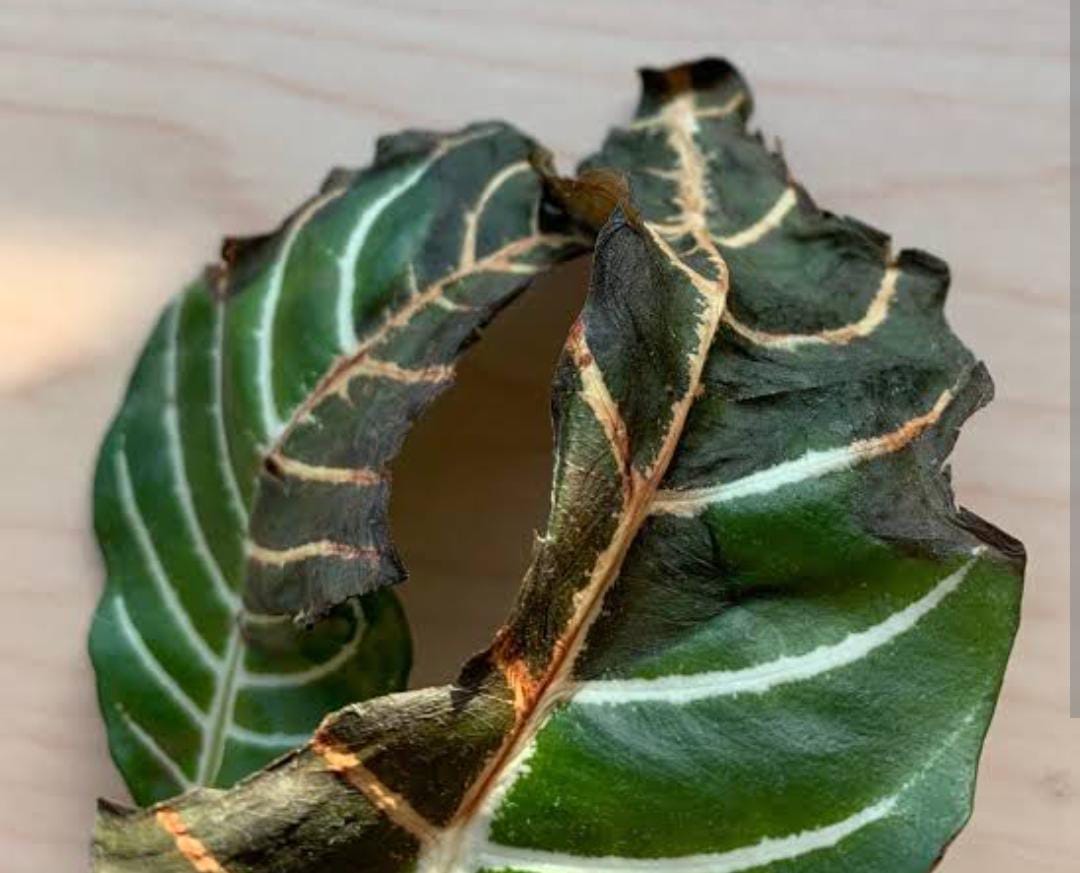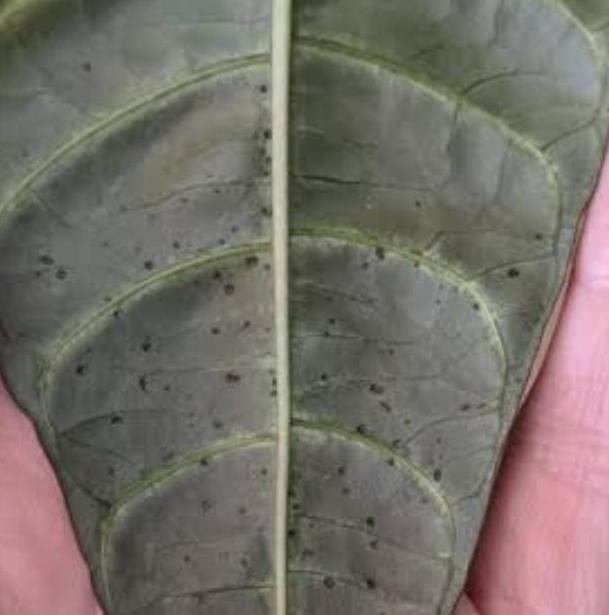Aphelandra Plant
APHELANDRA, commonly known as Zebra Plant, is an exotic houseplant with striking striped foliage. Plant in well-draining soil and provide bright, indirect light. Keep the soil consistently moist but not waterlogged. High humidity enhances the plant's overall health and appearance.

Habit
Perennial
Height
12-36 inches
Growth
Moderate
Soil
Well Drained, Fertile
Shade
Partial shade to Full Sun
Moisture
Moist
Edible
No
Medicinal
No
Origin
Brazil
Climatic Condition
Tropical, Humid
Temperature (°)
20-30
Humidity (%)
70-80%
Potting media
Peat+Perlite
Fertilizers
Balanced NPK(10:10:10)
Watering
Regular Watering
Plant Weight
100-150 g
Flowering Time
Summer to Fall
Soil Ph level
6.0-6.5
Water Ph level
6.0-6.5
Soil EC
0.6 dS/m
Yield Per Plant
Low Yield
NPK ratio
10:10:10
life Span
1-2 yrs
Health Benefits
Suggested Grow Media or Potting Mix ?
50% peat moss, 30% perlite, 20% compost
Suggested Fertigation/Fertilizers
Fertilize every 2-4 weeks with a balanced, water-soluble fertilizer.
Common Diseases and Remedies
Leaf spot, Root rot.
Brown Or black spots with yellow halo on leaves. Yellowing leaves, wilting, dark and mushy roots.
Reduce watering, repot in well draining soil.
HEALTH BENEFITS
Aphelandra, also known as Aphelandra squarrosa, is a tropical plant known for its beautiful, striking leaves and vibrant flowers. While it's mainly cultivated for ornamental purposes, some traditional uses suggest potential health benefits, though scientific research on its medicinal properties is limited. Here are a few possible health benefits based on traditional uses:
- Anti-inflammatory properties: Some herbal practices use Aphelandra for its potential anti-inflammatory effects, which might help with conditions like arthritis.
- Antioxidant activity: The plant may contain compounds that have antioxidant properties, helping to neutralize free radicals and reduce oxidative stress.
- Skin health: In traditional medicine, Aphelandra is sometimes applied topically for skin issues, as it may possess soothing properties.
- Digestive support: Some folk uses suggest it could aid digestion or relieve mild digestive discomfort, though this is not well-established in scientific literature.
What Is An Aphelandra Plant ?
Aphelandra is a genus of tropical plants in the family Acanthaceae. They live in Central and South America and are known for their beautiful leaves and beautiful flowers. The most common species is Aphelandra squarrosa, also known as zebra plant or yellow aphelandra.
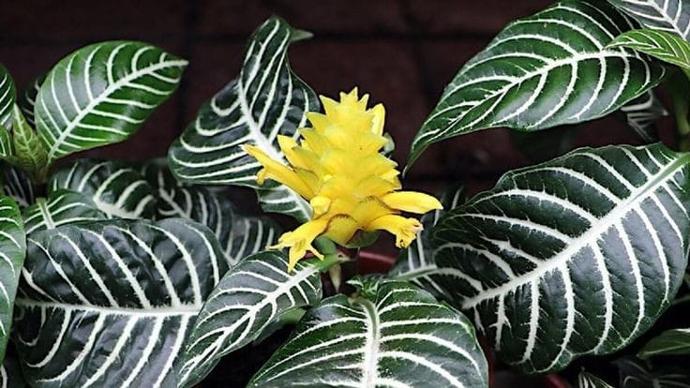
What Are The Different Types Of Aphelandra Plants?
1. Aphelandra squarrosa 'Louisae'
This species has dark green leaves, white veins and yellow flowers.
2. Aphelandra squarrosa 'Dania'
This variety has dark green leaves with white veins and orange flowers.
3. Aphelandra squarrosa 'Red Apollo'
This variety has dark green leaves, red veins and red flowers.
4. Aphelandra squarrosa 'Snow White'
This species has dark green leaves, white veins and white flowers.
5. Aphelandra squarrosa 'Yellow Apollo'
This species has dark green leaves, yellow veins and yellow flowers.
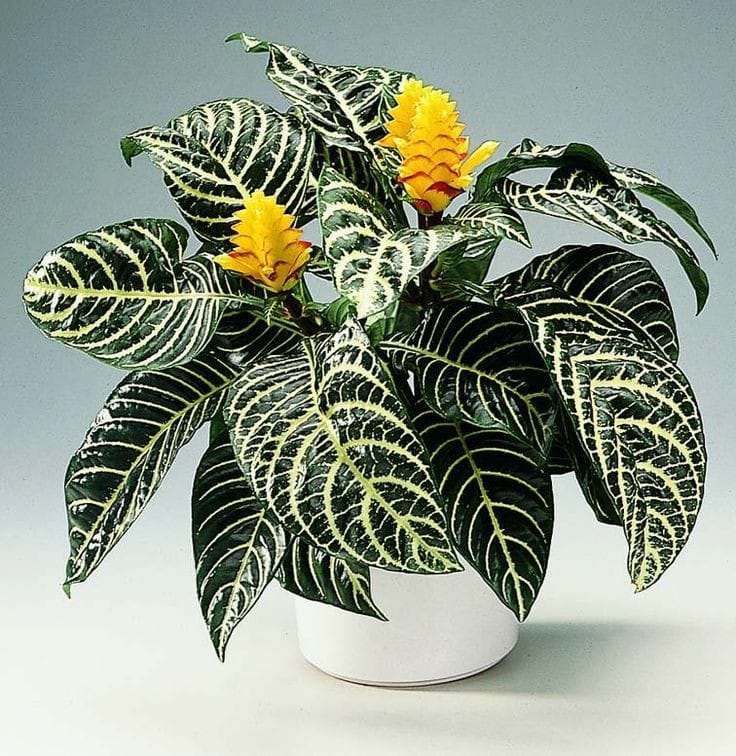
How to Care for Aphelandra Plant ?
1. Location
Aphelandra plants are tropical plants that require a special environment to thrive. Here are some important points to consider when choosing a location for your Aphelandra plant. Aphelandra plants like bright, indirect light. Place them near a window so they can get plenty of light, but avoid direct sunlight as this can burn their leaves. Aphelandra plants like high humidity, so it's a good idea to keep them regularly moist or put them in a tray filled with water so that the land around them is even. Aphelandra plants prefer well-drained soils rich in organic matter. Use a good potting mix designed specifically for tropical plants. Aphelandra plants like to be kept evenly moist, but not waterlogged. Water them when the topsoil is dry to the touch, and remember to water thoroughly and let any excess water drain off.
2. Sunshine
Aphelandra plants like bright and dim light. Place them near a window so they can get plenty of light, but avoid direct sunlight as this can burn their leaves. If you find that your Aphelandra plant is not getting enough light, you can support the plant with lighting such as grow lights to provide the extra light it needs.
3. Soil
Aphelandra plants prefer well-drained soil containing organic matter. Use a good potting mix designed specifically for tropical plants. Do not use heavy or compacted soil as this will cause root rot. If you are growing your Aphelandra plant in a pot, make sure the bottom of the pot is well-drained so that excess water can drain away.
4. Hydration
Aphelandra plants like to be kept evenly but not waterlogged. Water them when the topsoil is dry to the touch, and remember to water thoroughly and let any excess water drain off. Avoid overwatering as this can cause root rot. If you are growing your Aphelandra plant in a pot, make sure there is good drainage at the bottom of the pot to drain excess water.
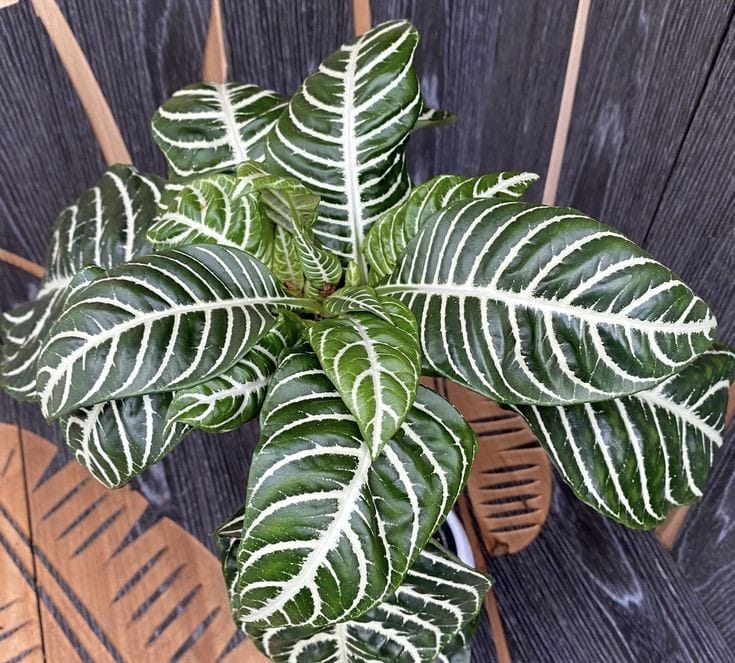
5. Nourishment
Aphelandra plants are heavy feeders and benefit from regular fertilization. Use a balanced fertilizer with a higher nitrogen content, such as a 10-10-10 or 20-20-20 formula, every 4-6 weeks during the growing season. Apply the fertilizer according to the manufacturer's instructions and be sure to water well after application to help nutrients reach the roots.
6. Issues
Aphelandra plants are heavy feeders and may need regular fertilization to thrive. If you notice signs of nutrient deficiency, such as yellow leaves or poor growth, consider applying a balanced fertilizer with a higher nitrogen content to help solve the problem. By being aware of these potential problems and taking steps to prevent and solve them, you can help your aphelandra plants thrive and produce abundant crops.
What are the Benefits of Aphelandra Plant ?
Aphelandra plants are known for their eye-catching leaves, which often display variegated or striped patterns. They can add interest to your indoor or outdoor garden. Aphelandra plants produce colourful flowers in yellow, orange or red. The flowers are usually tubular and grow in clusters on upright stems. Like many indoor plants, the aphelandra plant can help improve indoor air quality by removing toxins from the air. Aphelandra plant is also a beautiful plant. They have large, lobed leaves and produce red or green flower buds. They add interest to your garden and attract beneficial insects such as bees and butterflies. Overall, aphelandra plants are versatile and useful additions to any garden or home.
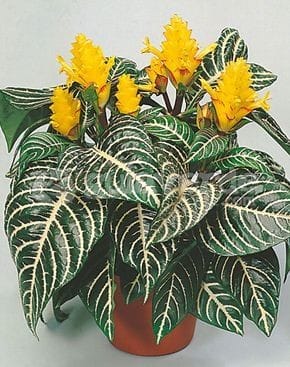
FAQs About Growing Aphelandra Plant
1. How to care Aphelandra plants ?
Aphelandra plants like to be kept evenly but not waterlogged. Water them when the topsoil is dry to the touch, and remember to water thoroughly and let any excess water drain off.
2. What is the water schedule for Aphelandra plants ?
Aphelandra plants like high humidity, so it's a good idea to water them regularly or put water in pebble trays to keep the soil around them.
3. How can I grow Aphelandra plants indoor ?
Yes, you can grow aphelandra plants indoors. They are popular houseplants because of their attractive leaves and colourful flowers.
4. Which Pot is best for Aphelandra plants ?
When planting Aphelandra plants, it is important to choose a pot with good drainage and enough space for the plant's roots to grow. Here are some tips for choosing the best pot for growing aphelandra plants: Aphelandra plants have large, spreading roots and need room to grow. Choose a pot that is at least 18-24 inches in diameter and 18-24 inches deep to accommodate the size of the plant. Make sure there is a drainage hole in the bottom of the pot to drain excess water. You can add a layer of stones or broken pottery to the pelvic floor to improve drainage. Be aware that Aphelandra plants can be very heavy, especially when grown and filled with soil. Choose a sturdy and durable planter and consider placing it on a planter with wheels for easy movement. Consider the beauty of your plants because they will become the main focus of your garden or yard. Choose plants that complement the style and colour scheme of your outdoor space.
5. From where I can buy Aphelandra plants ?
You can buy aphelandra plants from many places depending on your preference and location. Here are some options: Many local nurseries and garden centers carry aphelandra plants, especially in areas where they are frequently planted. Visit or call your local nursery to see if they have Aphelandra plants. There are many online stores that specialize in selling plants, including Aphelandra plants. Some of the most popular on Many seed companies also sell live plants, including aphelandra plants. To find out whether there is an Aphelandra plant, you can request a catalouge from the seed company or visit its website. Some local farmers markets will have vendors selling live plants, including aphelandra plants. Visit your local grocery store and see if any vendors have aphelandra plants for sale. Some local garden clubs and plant exchanges may have members interested in sharing or selling aphelandra plants. Check with your local garden club or plant exchange group to see who has aphelandra plants.
